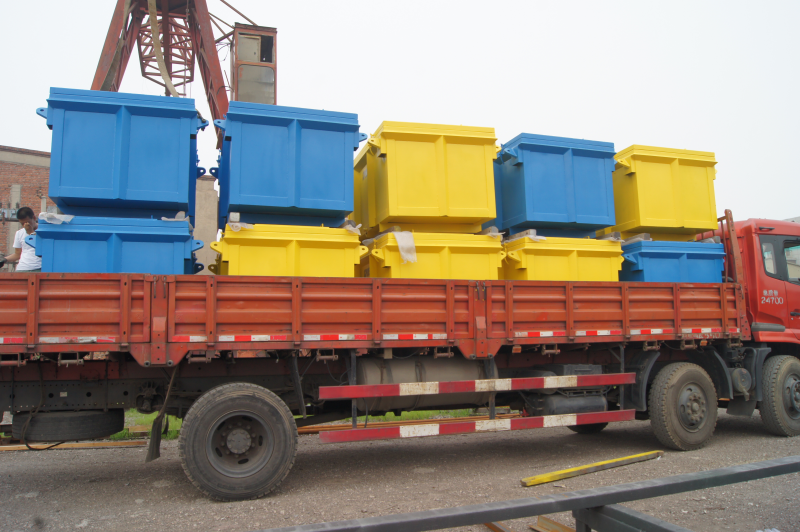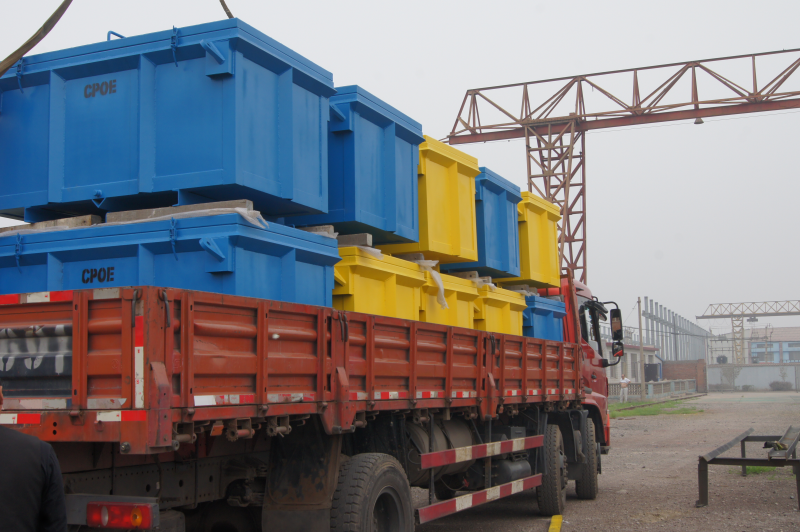Drill cutting disposal is a critical aspect of managing drilling operations. Drill cuttings are the waste material removed from the drilling process, and improper disposal can lead to environmental concerns and regulatory issues. Efficient disposal involves several methods and technologies designed to manage these by-products effectively.
Understanding Drill Cuttings: What Are They?
Drilling cuttings are the fragments of rock and soil generated during the drilling of wells. They consist of materials that have been broken up and removed to create a wellbore. These cuttings can vary in size and composition, depending on the type of drilling and the geological formations being penetrated. Managing these cuttings responsibly is essential to avoid environmental contamination and ensure compliance with environmental regulations.
Innovative Solutions for Drill Cutting Disposal
Effective drill cutting disposal solutions are crucial for minimizing environmental impact. Some innovative methods include:
Cutting Box Systems: These systems are designed to contain and manage drill cuttings. They are often used to transport and store cuttings safely until they can be disposed of or treated. Cutting boxes are robust and can handle large volumes of waste, making them ideal for extended drilling operations.
Thermal Desorption: This technology involves heating the cuttings to separate hydrocarbons from the solids. The cleaned cuttings can then be safely disposed of or reused, while the extracted hydrocarbons are treated further.
Bioremediation: This method uses microorganisms to break down contaminants in drill cuttings. It is an environmentally friendly option that can reduce the harmful effects of drilling waste.
Benefits of Using Cutting Box Systems
Cutting box systems offer several advantages in the disposal of drill cuttings:
Containment and Safety: Cutting boxes provide a secure way to contain drill cuttings, preventing spillage and contamination of surrounding areas.
Ease of Transport: These boxes are designed for easy transport, allowing cuttings to be moved from the drilling site to treatment or disposal facilities efficiently.
Versatility: Cutting boxes can be used for various types of drilling waste, making them a versatile solution for different drilling operations.
Best Practices for Managing Drilling Cuttings
Regular Monitoring: Monitor the volume and composition of cuttings to determine the most suitable disposal or treatment method.
Proper Segregation: Segregate cuttings based on their composition and potential contaminants. This helps in selecting the appropriate treatment or disposal method.
Compliance with Regulations: Ensure that all disposal methods comply with local and international environmental regulations to avoid legal issues and environmental harm.
The Future of Drill Cutting Disposal Technologies
Advancements in technology continue to improve drill cutting disposal methods. Future innovations may include more efficient recycling technologies, enhanced bioremediation techniques, and improved containment systems. Staying updated on these developments can help drilling operations adopt the most effective and environmentally responsible practices.
By employing these methods and solutions, businesses can manage drilling cuttings efficiently, ensuring both operational success and environmental responsibility.


 Linear Motion Shale Shaker In Drilling Rig
Linear Motion Shale Shaker In Drilling Rig  Oilfield Mud Cleaner
Oilfield Mud Cleaner  Drilling Fluid Decanter Centrifuge
Drilling Fluid Decanter Centrifuge  Drilling Mud Desander
Drilling Mud Desander  Hydrocyclone Desilter
Hydrocyclone Desilter  Centrifugal Pump/Centrifugal Mud Pump
Centrifugal Pump/Centrifugal Mud Pump  Shear Pump
Shear Pump  Jet Mud Mixer
Jet Mud Mixer  Horizontal Mud Agitator
Horizontal Mud Agitator  Constant Pressure Drilling Fluid Mud Gas Separator
Constant Pressure Drilling Fluid Mud Gas Separator  Mud Gun
Mud Gun  Mud Tank
Mud Tank  Solids Control System Vacuum Degasser
Solids Control System Vacuum Degasser  Flare Ignition Device
Flare Ignition Device  Diesel Tank
Diesel Tank  Submersible Slurry Pump
Submersible Slurry Pump 







































